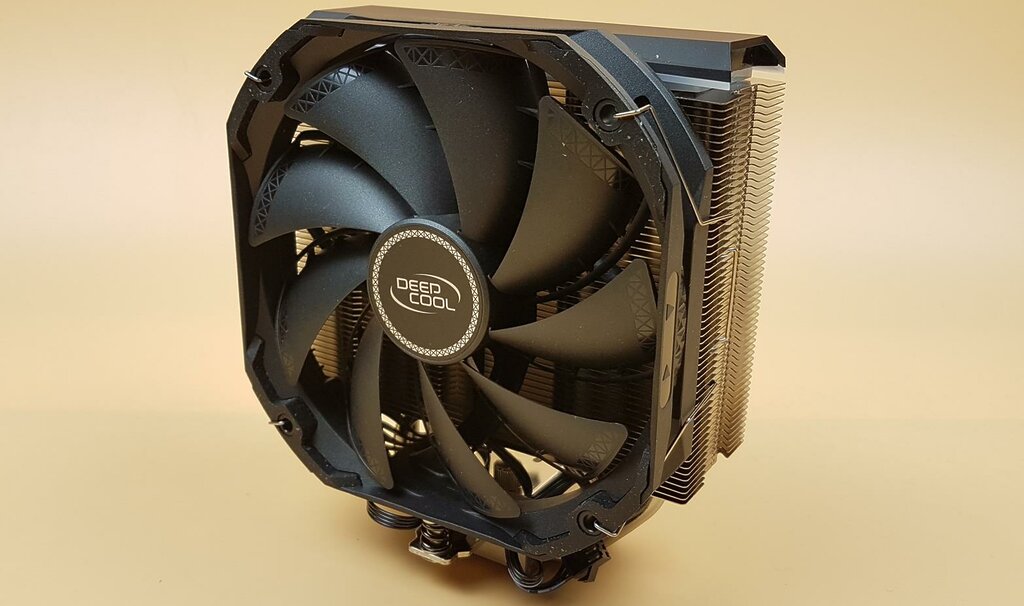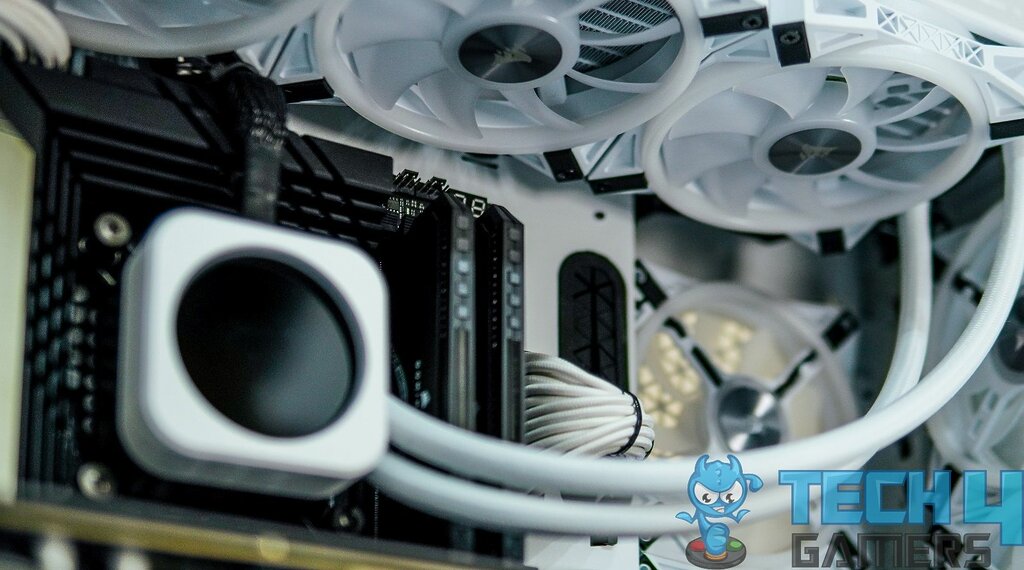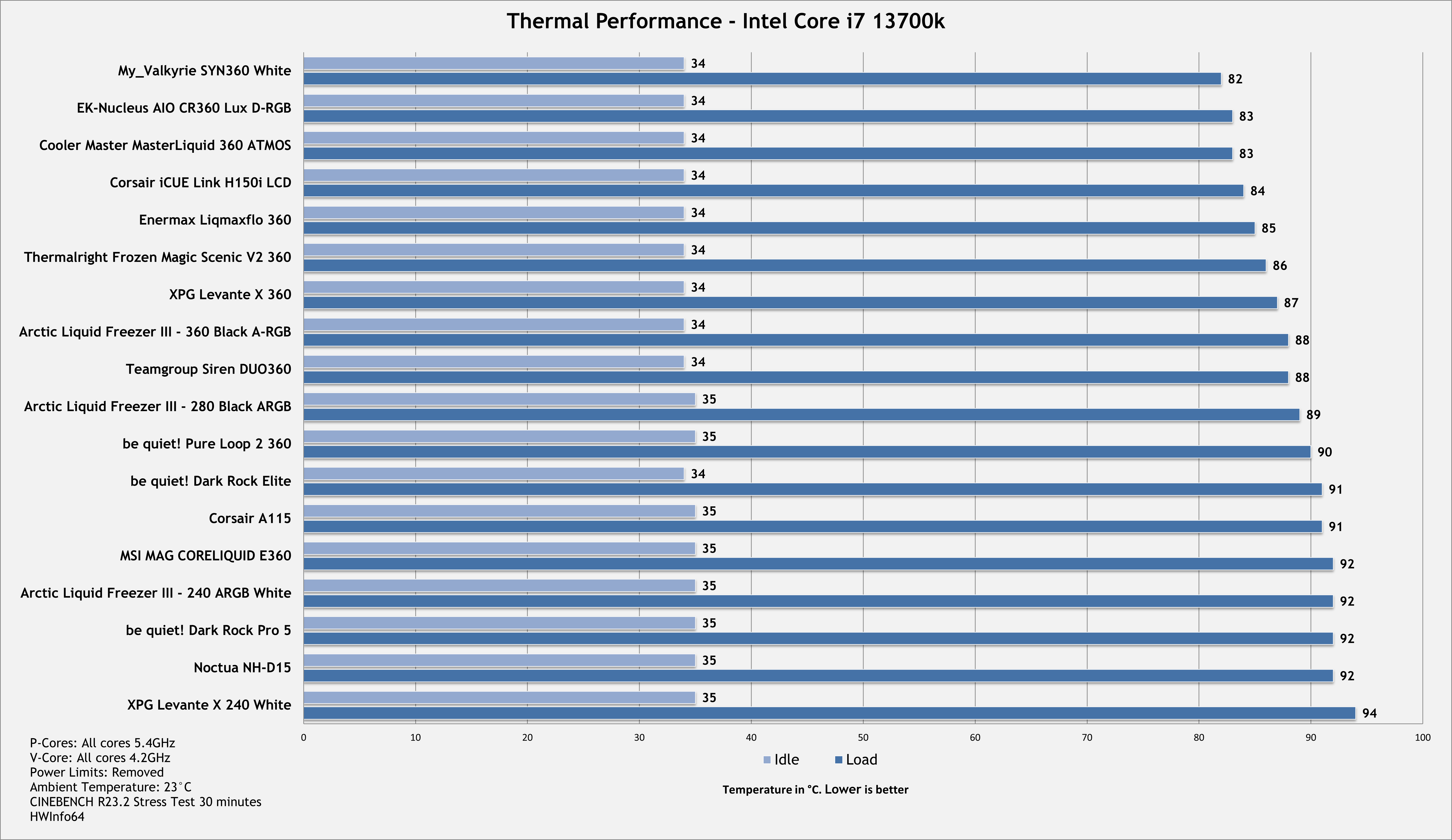- Air coolers are a classic choice, but modern CPUs and compact builds often push them to their thermal limits, leading to noise and performance issues.
- AIO liquid coolers provide better cooling for overclocked CPUs. They are quieter, save space, and offer superior aesthetics in a modern PC build.
- After years of noisy air-cooled builds, switching to an AIO was an excellent option. My overclocked system finally stays cool and quiet and lets me push my performance without worrying about heat.
Your CPU is the relentless brain of your computer that powers all its operation. Whether playing your favourite title or multi-tasking, it gets hot. So, a CPU cooler is necessary to prevent overheating, performance throttling, and ultimate damage to your machine. You have two options: Air Cooler and AIO Liquid Cooler.
I have extensively used both in my previous PC build and can confidently share the pros and cons of these coolers, along with suggestions on when you should upgrade.
The End of the Air Cooler Era
I have built countless rigs with air coolers, and their appeal is undeniable. With a heatsink and fans as their main components, there’s less to go wrong. Also, their installation is often buttery smooth, taking hardly minutes. Plus, you can easily find the best-performing air coolers at a low price, which goes low on your pockets.

However, the reign of air coolers might be nearing an end, especially in high-performance computing. The fan might be the main point of failure. I only relied on air coolers for many years, but their limitation soon became very clear as CPUs became more powerful.
Why Do Air Coolers Fall Short?
I also face many scenarios where air coolers are not very handy. I remember when I overclocked a build and pushed the limits, eventually producing more heat. The air cooler still did its job decently, but it started bumping.
Modern top-of-the-line CPUs of leading companies like AMD or Intel, especially when overclocked, generate intense heat. Air cooler can hit their limits, which can cause thermal throttling and performance lag. Also, fitting the air coolers becomes challenging as some PC cases are more compact. They can block the RAM slots and interfere with other crucial components. Additionally, the fan of a high-performance air cooler spins aggressively, causing noise issues.
Cool Comfort, Smarter Solutions
Potential benefits include that I have also built many personal rigs and client builds with liquid coolers. AIO builds provided a noticeable temperature drop, especially in overclocking and heavy load scenarios. Liquid has a higher thermal conductivity than air, allowing it to transfer heat away from the CPU more efficiently.
The radiator is mounted flexibly within the PC case in an AIO liquid cooler, freeing up space around the CPU socket and making them ideal for smaller builds. While some noise is present, liquid coolers are often quieter than air coolers. Modern AIOs from reputable brands are well-constructed, minimize leaks, and usually have warranties for peace of mind.
Finally, you can’t deny the fact that AIOs are very sleek. If you have a super trendy PC case with a side glass window, the radiator and the RBG pump block can add a super addition to the aesthetics of the builds. It’s an excellent addition for those looking to flex your purchase.

AIO Liquid Cooler Vs Air Cooler: The Real Deal
The real deal hit me hard. However, our tests of over 50 CPU coolers with the Intel Core i7 13700K revealed a clear winner. AIO liquid coolers dominated air coolers in both idle and heavy-use scenarios. Even top-rated air coolers like the Noctua NH-D15, and be quiet! Dark Rock Pro 5 couldn’t keep up, leading to higher CPU temperatures. In contrast, AIOs like the Corsair iCUE Link H150i LCD and Enermax Liqmaxflo 360 delivered significantly cooler performance.

So, you can see that the temperatures of the liquid cooler are lower than that of its contrapart. While great for years, my trusty air cooler couldn’t keep this up, so I switched to liquid coolers.
Best AIO Liquid Coolers
| Size | Best AIO Cooler |
|---|---|
| 120mm | Enermax Liqmax III 120 |
| 240mm | ARCTIC Liquid Freezer III 240 A-RGB |
| 280mm | ARCTIC Liquid Freezer III 280 A-RGB |
| 360mm | Cooler Master MasterLiquid 360 ATMOS |
| 420mm | Alphacool Eisbaer Aurora 420 |
Final Thoughts
I’ve been building computers for years; air coolers were always my go-to. They’re cheap, reliable, and easy to install. But things changed as CPUs got hotter and cases got smaller. My air coolers started to struggle. Overclocking became a noisy nightmare, and finding room for those bulky heatsinks was a headache.
Don’t get me wrong; air coolers have their place. But the switch to AIO liquid cooling is a game-changer. If you’re pushing your system hard or care about space and noise, an AIO liquid cooler is the way to go. And hey, they look way cooler inside a PC case, which is always a bonus!
Thank you! Please share your positive feedback. 🔋
How could we improve this post? Please Help us. 😔
[CPU Coolers & RAM Expert]
Hayyan Serwer is a tech enthusiast, with a love for PC building and article writing. Hayyan specializes in writing about CPU coolers and RAM kits. Hayyan has been familiar with the tech industry for over half a decade now, and has now stepped into providing quality reviews for the latest and greatest tech.
Get In Touch: hayyan@tech4gamers.com




